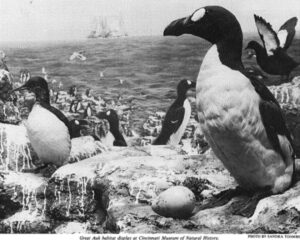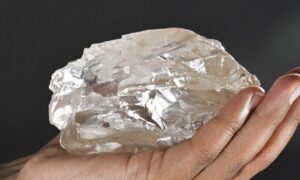Normally it takes the rainfall associated with an El Niño a year to cause the Atacama desert to burst into a riot of purple, pink, and yellow flowers. Not this year.
The region — the driest non-polar desert on the planet — is currently awash in blooms. The phenomenon is extremely unusual in La Niña years, The Guardian reported.
The unforgiving Atacama desert occupies 1,600 kilometres of extremely arid land along South America’s Pacific coast, just west of the Andes. Only certain sections of Antarctica are drier.
The driest desert in the world
How does such a dry desert bloom? In this case, it’s thanks to geophytes — plants with an underground storage organ, or bulb. The plants lie dormant during the dry years and then erupt into bloom when warm weather systems in the Pacific (El Niño) cause increased rainfall in the desert.

Photo: Shutterstock
The flowers attract animals of all sorts — reptiles, mammals, and insects. And an area normally so arid that NASA runs Mars test missions there becomes awash in life.
The last bloom occurred in 2017. This year’s flowers are so unusual because the current dry La Niña conditions are not favorable for geophyte blooming.
“All extreme biological systems are right on the edge of survival — that’s why it’s so important to protect them,” Dr. Cristian Atala, a professor at Valparaíso Catholic University’s Institute of Biology, told The Guardian.
“The slightest push and these cycles are lost forever because they’re more sensitive than most,” he added.
New protections accompany rare bloom
The unusual bloom coincides with 36-year-old Chilean president Gabriel Boric’s announcement of a new national park to protect the area. Boric set the wheels in motion for the Flowering Desert National Park in early October. Red tape allowing, the the park will become official during the first quarter of 2023.
“The flowering desert is part of our biodiversity heritage and an amazing natural spectacle that is put at risk every time someone cuts a flower, treads on the ground, or drives through the territory,” said National Assets Minister Javiera Toro.
The move will add high-level environmental protections to an area of Chile with relatively few government-protected lands.
It’s unclear exactly how large the park will be, but The Guardian notes it will sit between the cities of Copiapó and Vallenar in Chile’s northern region.

Map: Google Earth
A new president, a renewed focus
Chile elected Gabriel Boric to the presidency in Dec. 2021. After his swearing-in (March 2022), Boric became the youngest president in Chile’s history and the second youngest state leader in the world after Giacomo Simoncini, Captain Regent of San Marino.
The country elected Boric on a reform platform that includes a green economy and a renewed focus on Chilean environmentalism.






